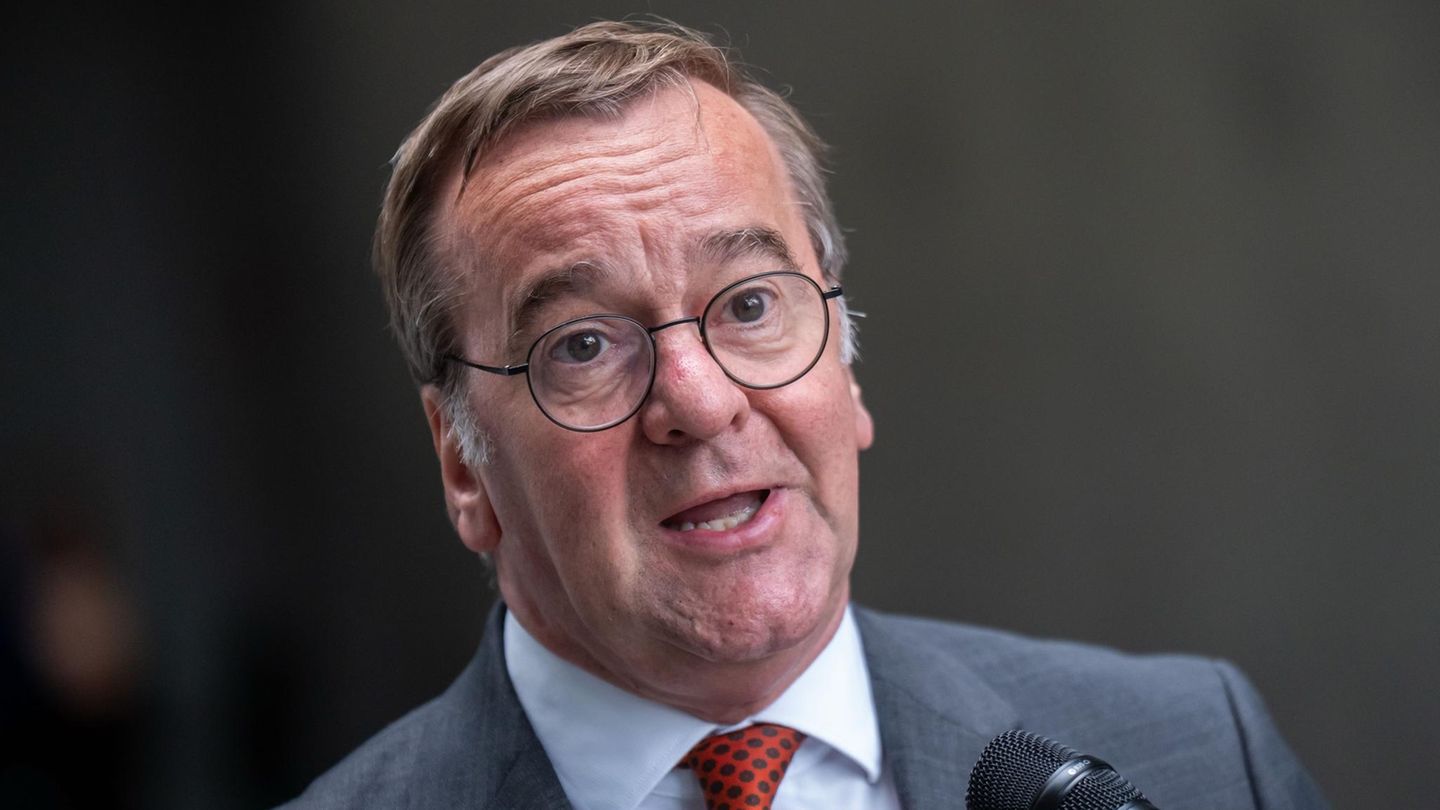In the pendulum-like history of Argentina, Capital regulations also show the bipolarity of economic policies which have alternated between strict regulation and unrestricted liberalization of capital flows, which in recent history have caused obstacles to productivity and financial speculation, respectively. While the Government of Javier Milei insists on keeping inflation anchored with the exchange rate trap, Failure to lift restrictions seems to be becoming an Achilles heel of the economic programme.
While the most extreme members of the national Cabinet are betting on a complete deregulation that would free the restrictions from one day to the next, the evidence – and the reality check for the Government itself – shows that it is not as simple as pressing the button. off of the cell phone. A thorough study carried out jointly by Found and South American Vision authored by the former Minister of Economy Martin Guzman, Fernando Morra, Ramiro Tosi, Guido Zack and Pablo de la Vega It proposes a novel approach to solving the exchange rate restriction, based on economic literature, empirical evidence from the last two decades in Argentina and a review of the scheme adopted by countries in the region and developed countries.
“Neither a restriction nor complete liberalisation: towards prudent regulation of capital flows”From the title, the authors make it clear that the end of the currency controls must lead to a process that protects Argentina from international fluctuations that, by mobilizing large volumes of capital in the short term, leave the country dangerously exposed.
“There is always a cost to leaving a hard exchange rate regime. The issue is that not leaving has costs in the medium and long term, and for governments, leaving can have a high political cost.”warn the authors of the study.
Founding Suramericana Visión authors August 2024 cepo
Martín Guzmán, Ramiro Tosi, Fernando Morra, Guido Zack and Pablo de la Vega, the authors of the study that proposes a sustainable way out of the cepo.
Based on the comparison of capital flow regulations at international level, the study shows that “Argentina has moved between extreme positions in terms of its openness to international capital movements and its international financial integration.” It is interesting to see how Argentina has moved from liberalisation to total control in recent economic periods. Since 1995 there have been almost no controls on the flow of capital, regulations have been established since 2001, and from 2010 regulations have been tightened, and then completely liberalised again in 2016.
“If one does not regulate capital flows, they generate very strong problems, we should go to a productive regulation on the flows, integrating Argentina to the world but with a scheme that protects it from the shock international,” the authors said in dialogue with Scope.
In this sense, the Fundar and Suramericana Visión document states that the dilemma of regulations yes-regulations is false Nobecause financial autarky harms investment because it discourages the entry of productive capital, but on the other hand, total deregulation exposes the country to abrupt capital movements that generate excessive exchange rate volatility.
In times when economic – and political – discussion seems to be better received if played at extremes, The authors rely on academic literature and recommendations from major international organizations, including the IMF. They conclude that a vision has been consolidated that considers the regulation of capital flows as a permanent tool to neutralize macroeconomic externalities associated with short-term capital movements.
In the Institutional Vision of the entity, published in 2012, the IMF indicates that “capital flows can also be volatile and pose risks to macroeconomic and financial stability.” And it emphasizes that “Liberalization must be properly planned, timed and sequenced to ensure that its benefits outweigh its costs.as it could have important internal and multilateral effects. However, “There is no presumption that full liberalisation is an appropriate goal for all countries at all times.”
“In the work what we do is demonstrate that in the economic environment the idea of avoiding what are called externalities prevails, that is, if one does not regulate the financial capital account at all, what can happen is that there is Investors with incentives to speculate on very short-term return opportunities that end up damaging the real economy due to the volatility of the real exchange rate”the authors point out.
In this regard, the authors looked at recent Argentine history to see if there was a regulatory framework similar to what is currently proposed and which many countries adopt. They found that The end of convertibility at the beginning of 2002 is a model that, despite some circumstantial differences, can be taken as a reference. At that time, a regulatory structure for capital flows was being put together, “allowed Argentina between 2003 and 2007 to protect the country from the volatility of capital flows but at the same time facilitated transactions”the authors explain.
While it is true that during convertibility there was no carry trade Because there was exchange rate stability, the end of the 1 to 1 leaves lessons adaptable to a program to get out of the current exchange rate trap. The study maintains that “It is necessary to move towards a system that is not characterized “either by ‘exchange controls’ or by unrestricted liberalization, but by a regulation that takes into account the imperfect characteristics of international markets.”
The economic academy and reality reveal that there are market failures; that markets are not as efficient and perfect as some claim, including President Javier Milei.
That is why the study does not stop at a mere diagnosis, but proposes a solution to the exit from the capital control regime. What the authors propose is to go to a scheme like the one that worked after the exit from convertibility that has prudential regulations, not as a transitional scheme, but as a permanent regime, would contribute to economic stability.
“The scheme we propose works as a set of ‘valves’ that allow liquidity flows to be regulated in the event of disruptive events in the exchange market, but which do not affect normal activity in times of stability.”the document states.
Along these lines, it supports three lines of action to have a regulatory framework that is sustainable over time, to accompany economic development and at the same time avoid the butterfly effects of international markets.
- Establish macroeconomic conditions for strengthening the currency and the domestic capital market. Strengthening the currency and the domestic capital market is a fundamental step towards greater integration of capital flows without falling into recurrent balance of payments crises. The conditions for stabilization include fiscal order, within a framework of growth, that eliminates dependence on monetary financing and short-term external capital.
- Convergence: neither restrictions nor liberalisation, towards a prudent and permanent regulation of capital flows. Regulation must prevent the occurrence of disruptive events on the exchange market and seek to establish limits that, although not restrictive under normal conditions, serve as a containment against such events.
- Within this point, they propose the establishment of reserves or taxes on capital flows, the regulation of terms and amounts in the settlement of exports, compliance requirements with high amounts for access to the exchange market, and the regulation of indebtedness in dollars for the national, provincial and municipal public sector. Strengthen the institutions responsible for the design, monitoring, control and compliance of regulations.
“We believe that the discussion of the exchange rate regime is obviously fundamental in a discussion of the economic structure of Argentina and part of what we seek to do is to provide a framework from the state of knowledge of the economy and from empirical evidence when thinking about this exchange rate regime”the authors emphasize regarding the contribution to the academic and public discussion on lifting the cepo.
Founding Suramericana vision block August 2024
Source: Ambito




